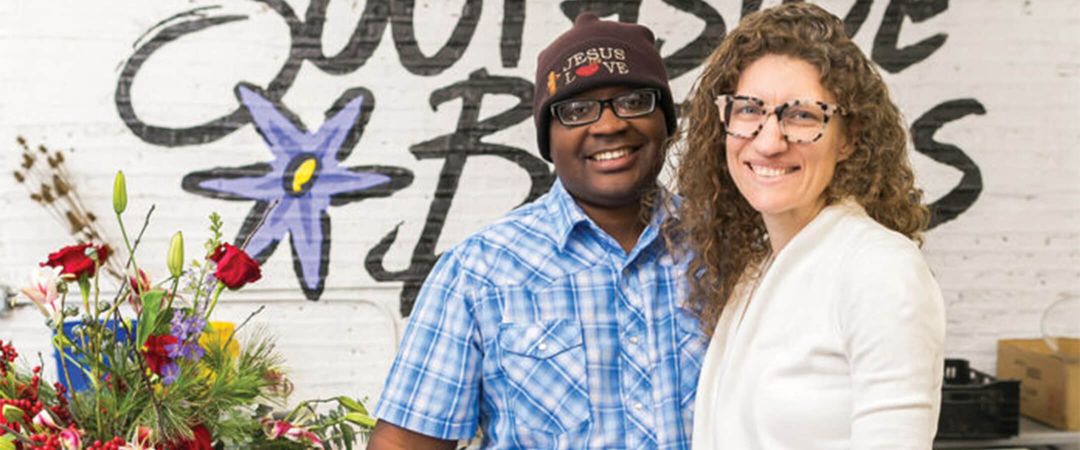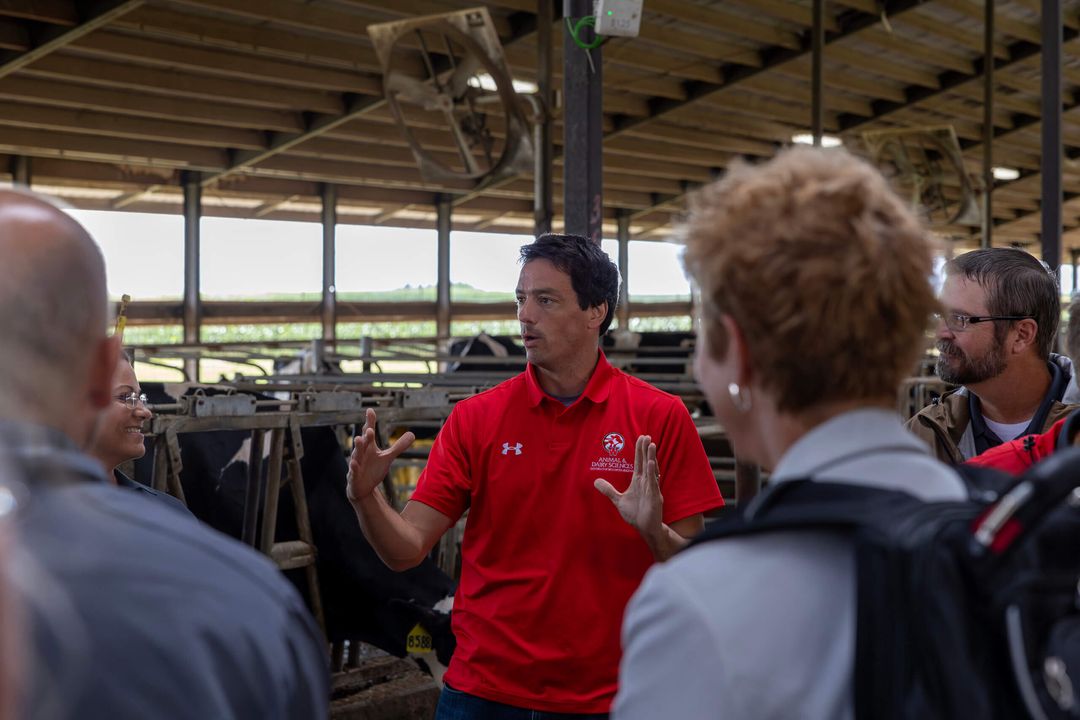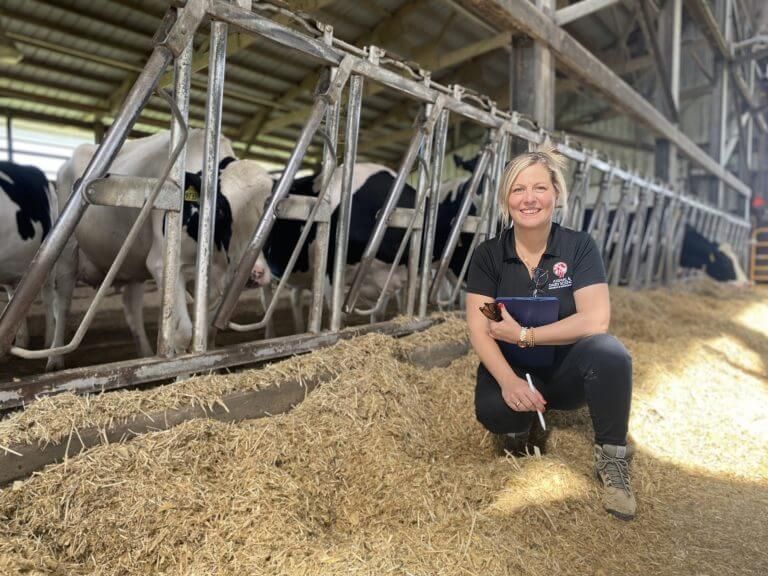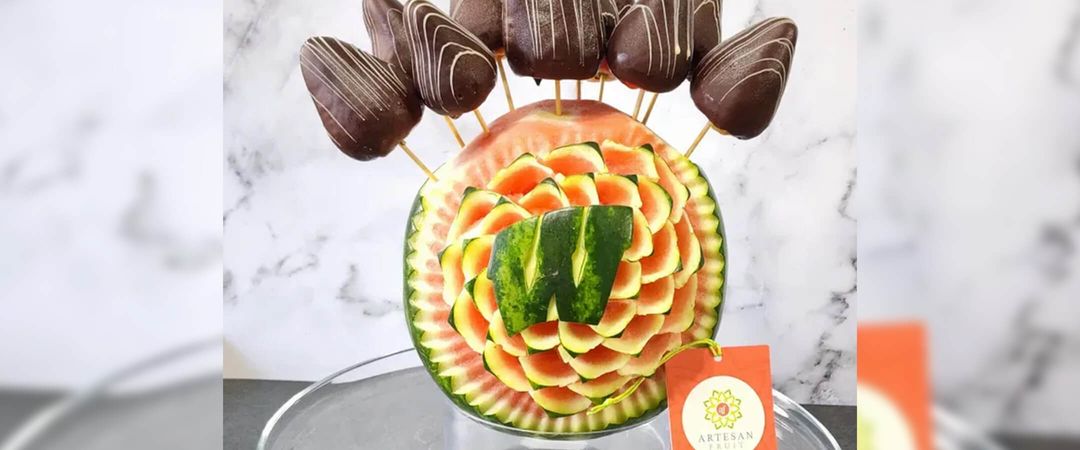Leslie Holland loves a moldy fruit — more so in the lab than in her lunchbox. As an assistant professor in the Department of Plant Pathology in the UW’s College of Agricultural and Life Sciences, Holland studies the pathogens that plague Wisconsin’s fruit crops, from false blossom in cranberries to fire blight in apples. Her research is driven by the needs of growers around the state, with whom she partners through the UW Division of Extension to diagnose, study, and treat conditions that threaten some of Wisconsin’s most prolific agricultural products.
Holland’s work isn’t unlike that of a physician — a crop doctor, if you will — and that’s no coincidence. She was a premed undergraduate at the University of Cincinnati before switching schools and subject areas to study horticulture at New Mexico State University. She also completed an undergraduate internship at UW–Madison, which planted the seed for the career path she’d follow back to the UW as a professor.
“I ultimately found out that plants could get sick when I was here,” Holland says. “I think it kind of met that need of wanting to do medicine, but now doing medicine for plants and not people.”
In her current role, Holland does a bit of both: nurturing Wisconsin’s fruit crops to healthy productivity and nurturing her students’ curiosity and passion for making a difference in the agricultural industry.
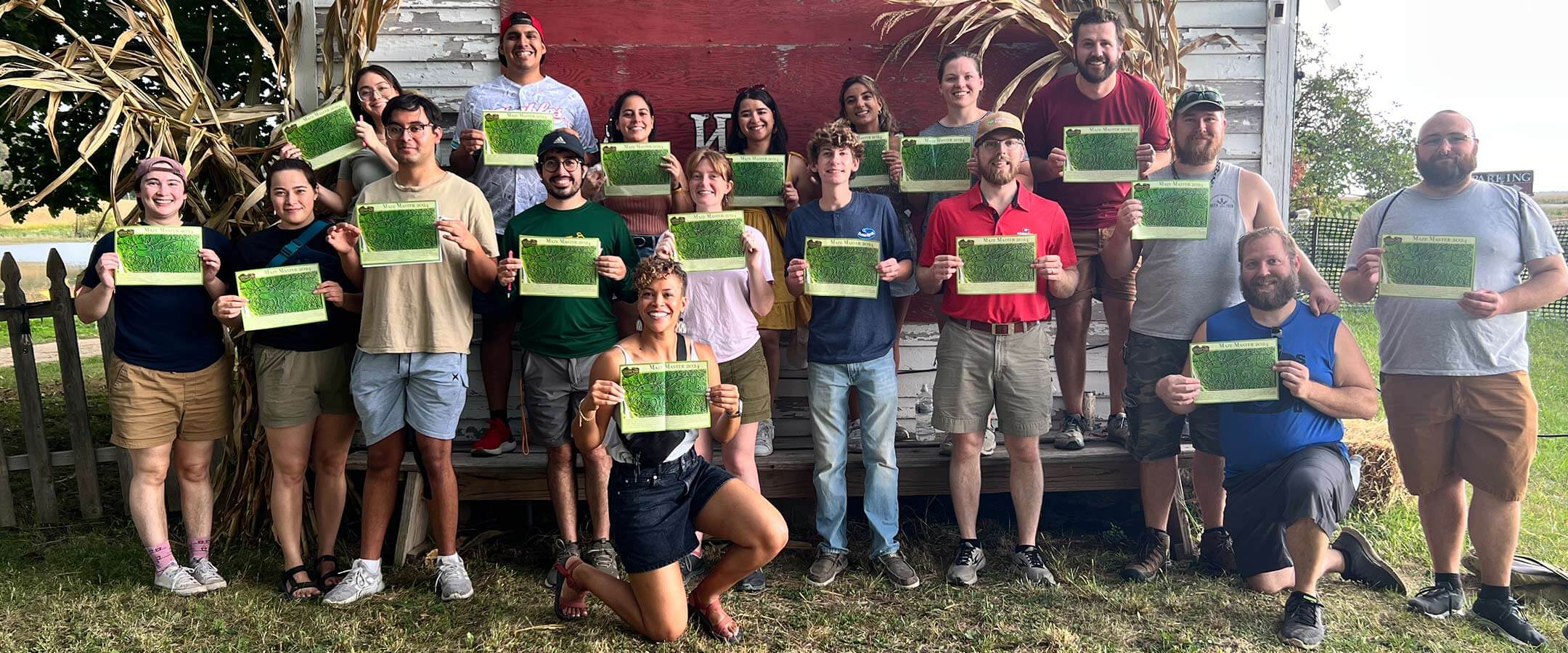
What role do fruit crops play in Wisconsin’s agricultural industry and identity?
We grow a pretty significant amount in Wisconsin, probably more than people realize. Our number one, of course, is cranberry, which I think a lot of Wisconsinites certainly know. But not only are we the largest producer in the U.S., but we’re really the largest producer in the globe … and that’s on relatively minimal acreage compared to a lot of the other agronomic crops that we grow.
Something I’ve seen here in Wisconsin, which I really appreciate in terms of fruit-crop production, is the way that it’s integrated into agritourism. I think that’s done exceptionally well in the state of Wisconsin. … Apple orchards, U-pick strawberry, U-pick other fruits, that’s something that I think is really specialized here and that folks do a really wonderful job of. It’s not just miles as far as the eye can see of a certain production system. … I think understanding where your food comes from is really valuable, and I think those U-pick operations contribute hugely to that.
Your lab specializes in sustainable crop management. What does sustainable mean, in this context?
[This is related to] part of my excitement and interest in working on fruit crops. Think about annual systems: [when] you plant a tomato plant, whether it’s one or a thousand, that’s your season. You give it your best shot, you use the tools you have, and then you kind of get to start fresh the following year.
With fruit crops, you don’t. You plant it, and then, depending upon the crop, you hope that you get 10 to 20 to maybe 30 years out of it. You’re making an investment [on] day one, so I think about the sustainability of that plant throughout its entire lifetime and [how] the practices that we use in one season — whether it’s managing diseases or managing the plant itself — impact you the following season. Are they going to put the plants in positions [in which] they can thrive throughout the duration of their life cycle?
What are some of the projects your students are working on right now?
We grow cold-climate grapes here in Wisconsin, which are actually hybrid grapes. They’re not the grapes that you get in California or France; they’re hybrids of that species with another species that’s native to North America [and is] a lot more cold tolerant, so they’re quite vigorous. They grow really dense canopies — they’re quite beautiful — but because of that dense canopy, sometimes that creates a condition that’s more conducive to disease. And I’m really interested in how can we optimize things that we’re already doing to improve without implementing something extreme or costs a lot of money — what can we do that’s simple? So I have one of my graduate students evaluating the amount of thinning that you would do on the vine to remove shoots, and then [looking at how that impacts] the incidence of disease that we see, and then, ultimately, the quality of the fruit.
What’s an example of a success story in a plant pathology lab?
One thing I’m really proud of that’s a recent development in my program is there’s a re-emerging disease on cranberry [false blossom] that quite frankly nearly wiped out the industry a hundred years ago now, and it came back in Wisconsin in 2018 at low levels. It’s still at relatively low levels, but my program did a little bit of work on understanding that particular disease. While we know that this type of pathogen can cause infections throughout the entire plant, that had not been demonstrated in Wisconsin, so a lot of the work we did was able to demonstrate that the infection occurs throughout the entire plant, so just cutting it off at the top was not going to be a reasonable strategy, even though that was some of the management that was encouraged. The research in my program indicated to growers that if you would like to eradicate this disease from the cranberry bed, the entire vines need to be pulled out. That’s something that we’re really excited about because that’s helping push management forward and hopefully reduce the impact of this disease.
What’s the most rewarding part of your work?
The most rewarding — which is kind of ironic because it was one of the things I was most stressed about upon taking this job, because I didn’t have a ton of experience [with it] coming in — is mentoring students. It’s probably been the most challenging too. I learned a lot about myself in that process. … But I joke that they’re focused on the tree, and I’m seeing the whole orchard. Helping them see that whole orchard and not just the tree that they’re staring at is really rewarding for me.

